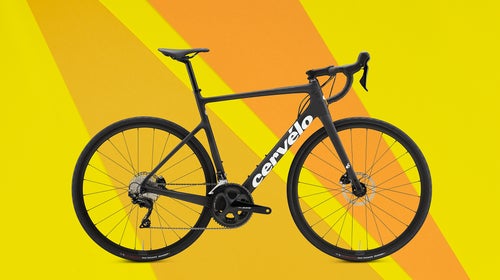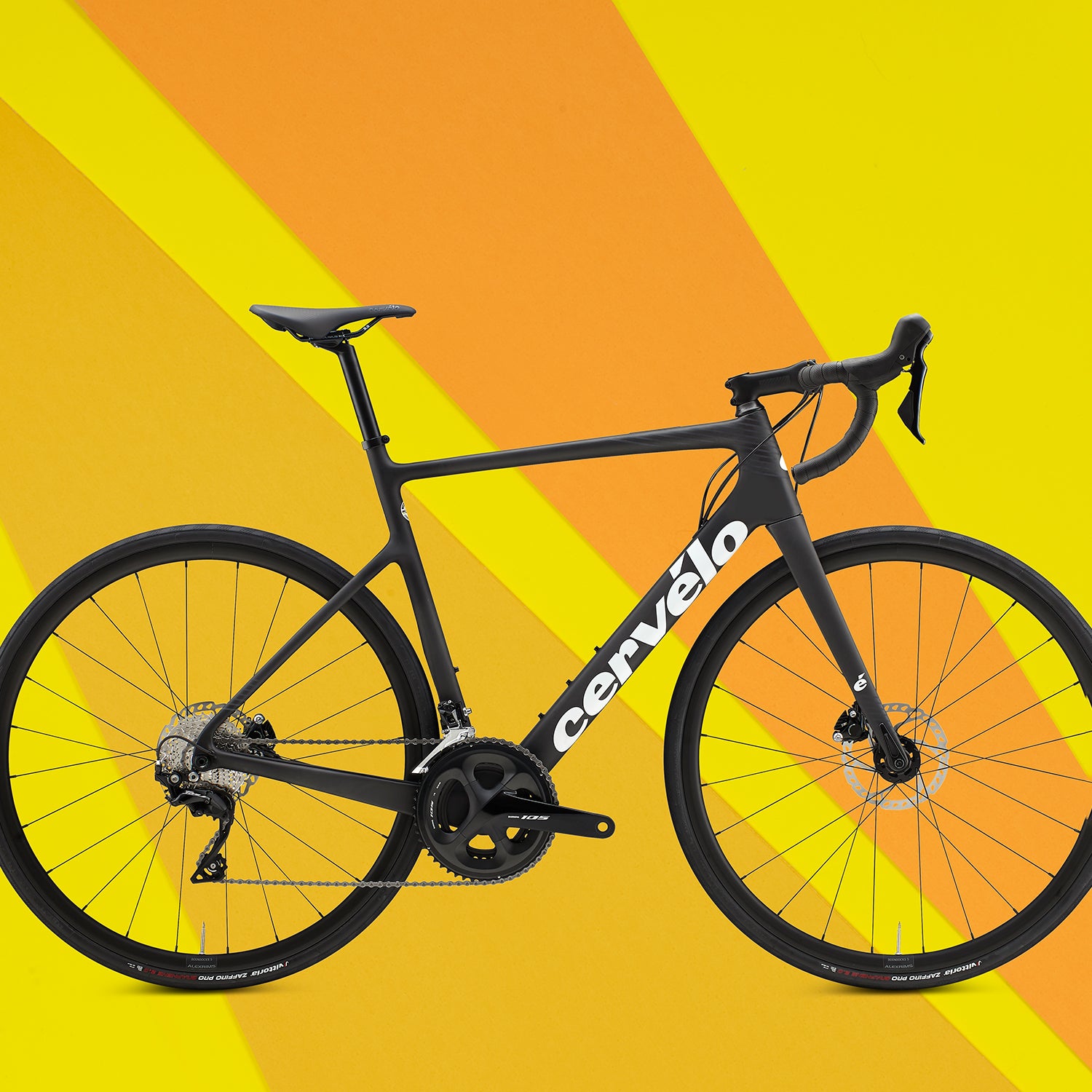Cervélo Caledonia ($4,500 as reviewed)
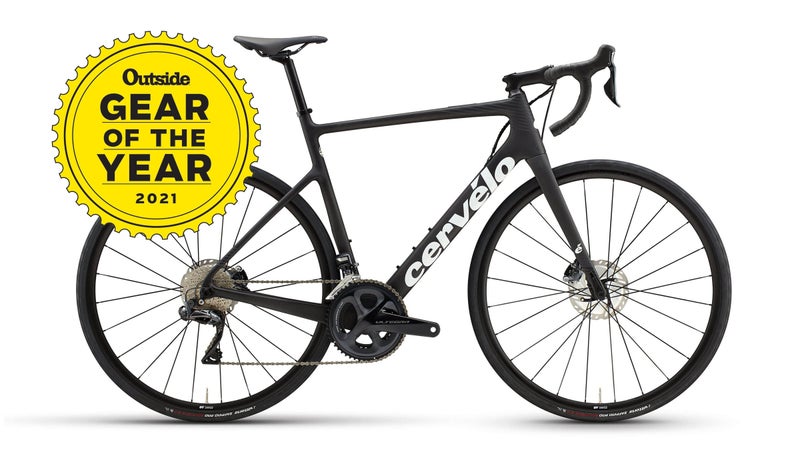
Road bikes continue to diverge further from the pro peloton and toward the everyman and -woman. Realistic gearing for recreational riding, wider tires for varied surfaces, and forgiving handling are all becoming the norm. That’s not to say this new strain of road bikes shuns performance—it’s a matter of redefining what performance is. The Caledonia typifies this trend, covering the broadest range of uses in one thoughtfully designed package. Its sleek frame builds on Cervélo’s extensive expertise in aerodynamic tube shaping, with geometry that strikes a balance between the company’s road-racing and gravel bikes. A slacker head angle and longer chainstays than most road bikes’ gives it relaxed handling. It also has clearance for high-volume, 700c x 35-millimeter tires, which lends go-almost-anywhere capability. Though it’s neither a purebred road racer nor a gravel grinder, the Caledonia is suited to almost any ride, from Sunday morning hammerfests to daylong dirt-road adventures. In a time when so many categories have been divided into subgenres, it’s nice to see a bike that can shine in myriad situations. The Caledonia encouraged us to explore new routes and link together pavement and dirt roads that we would have passed up on traditional road bikes. It’s the rig we would choose if we could have only one bike in the garage. That’s the highest compliment we can give.
Specialized Aethos ($5,500 as reviewed)
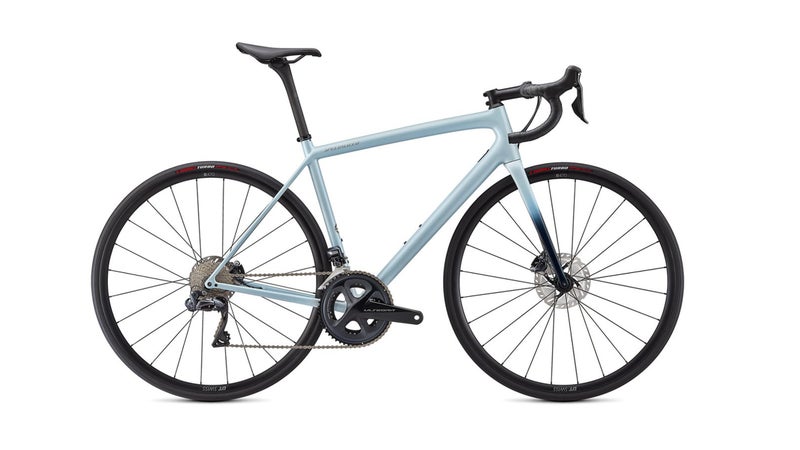
Best Performance Road
The Aethos is best defined by what it’s not. It’s not a race bike, though its geometry is similar to Specialized’s Tarmac. It’s not an endurance bike, though it’s comfortable enough for long hauls. It is, however, an ultralight bike with striking good looks. The top-end versions dip below the UCI’s minimum weight requirement of 15 pounds. The Expert model we tested is still a flyweight, tipping the scales at just 15.17 pounds, with a more approachable price tag than its top-tier siblings. Even if you’re not a gram counter, you’ll find a lot to like about this bike. For one thing, the classic round tubes and understated paint scheme give it a timeless elegance that’s absent from many modern road bikes, yet it has a phenomenal ride quality to back up those handsome lines. Its carbon frame transmits just the right amount of road feedback without feeling harsh, to keep the rider engaged. It also feels quick during accelerations, and its handling borders on telepathic.
Ridley Kanzo Fast ($4,498 as reviewed)
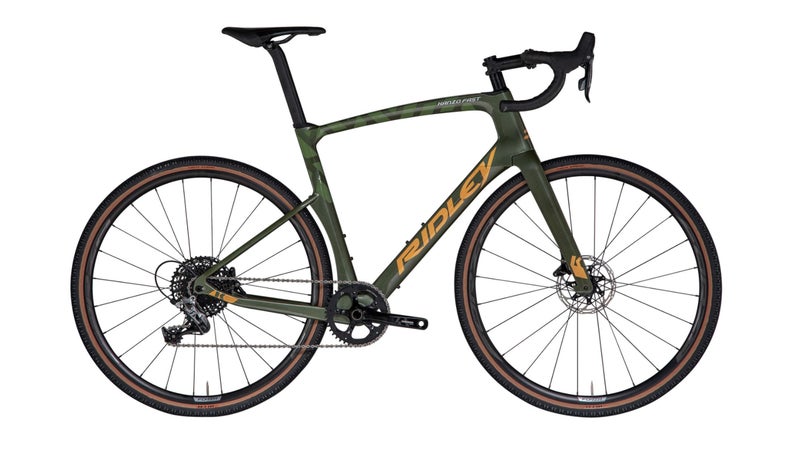
Best Gravel Racer
In the span of a decade, gravel cycling has gone from niche to mainstream. That explosive growth spawned rapid development of tires, drivetrains, and bikes to take riders far beyond the pavement. The category is now so diverse that it includes everything from bikepacking rigs to aerodynamic race bikes. Ridley’s Kanzo Fast falls into the latter category. It is one of a small but growing number of gravel machines designed with wind-cheating performance in mind. The company adapted its Noah Fast aero road bike, tweaking the oval frame tubes, lengthening the fork blades, and borrowing its integrated cockpit. Those features save seconds and watts on shorter rides and can add up to minutes over the course of an endurance event. While efficient, aero frames aren’t known for being the most comfortable. Fortunately, the Kanzo Fast’s 700c x 40-millimeter tires absorb most of the road chatter. It’s precise, agile, and ready to race from the first pedal stroke.
Orbea Gain V2 ($4,299 as reviewed)
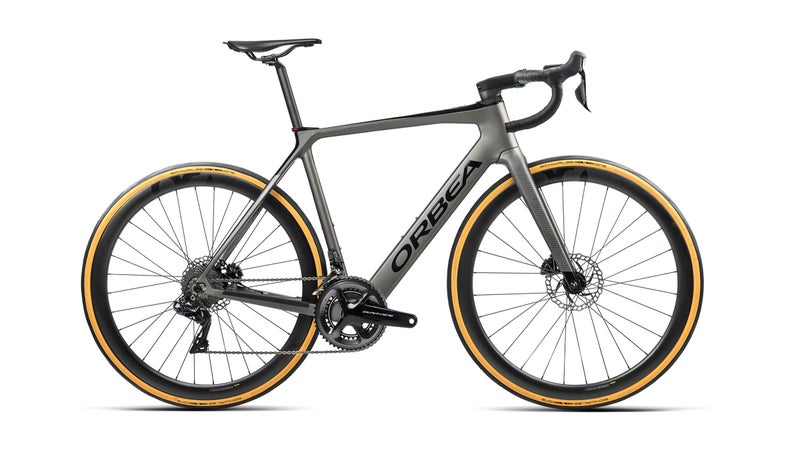
Best E-road and Gravel
The original Gain won our Gear of the Year award in 2019. New and improved for 2021, version 2.0 features a more refined motor, connectivity with ANT+ wireless devices, and improved tire clearance. The Gain hardly looks like an e-bike, which is one of the many reasons our testers continue to like it. The hub-mounted motor has a very natural ride feel, with a subtle maximum assistance of 250 watts that cuts off at 20 miles per hour—like a tailwind that follows wherever you go. Our test team also appreciated the Gain’s integrated front and rear LEDs, which we’d like to see come standard on all e-bikes. Tech aside, the latest Gain is also more adventurous. The stock version comes shod in 30-millimeter-wide tires, which are versatile enough to traverse pavement and smooth dirt roads, but the frame fits rubber up to 40 millimeters for dedicated gravel riding.
State 4130 All-Road ($800 as reviewed)
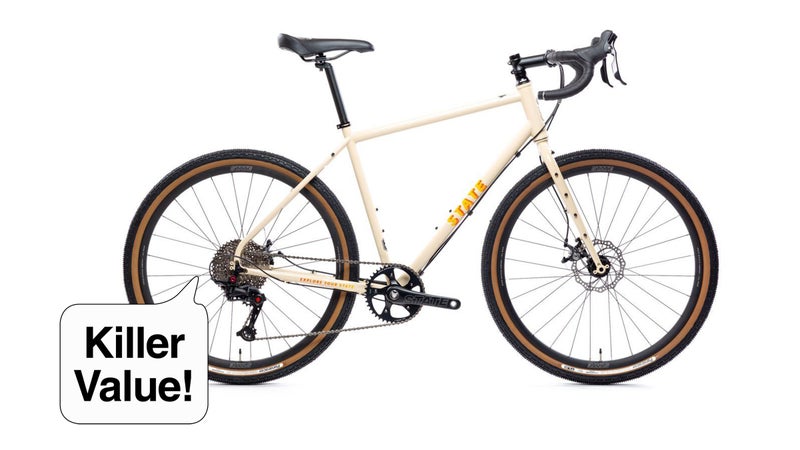
Best Budget Bikepacker
Bikes and backpacking are both expensive on their own. Combining the two can add up quickly. Thankfully, State’s entry into the bikepacking market proves that you don’t have to spend a mountain of cash in your search for two-wheeled adventure. What the 4130 All-Road lacks in high-end tech and whiz-bang componentry it makes up for in utility. The steel frame and fork have mounts for racks, fenders, and cargo carriers for daily commutes and weekend excursions. As a consumer-direct brand, State makes it easy to upgrade the bike with a second set of wheels or a carbon fork, or add on smaller accessories like upgraded pedals, saddle, and bottle cages. We recommend investing in a fast-rolling 700c wheelset for gravel rides and a 650b wheelset with high-volume 27.5-inch mountain-bike tires for more demanding terrain, like singletrack. If you’re torn about which way to roll (or don’t have the dough to do both), our testers felt the latter best suited the bike’s expedition-ready attitude.
